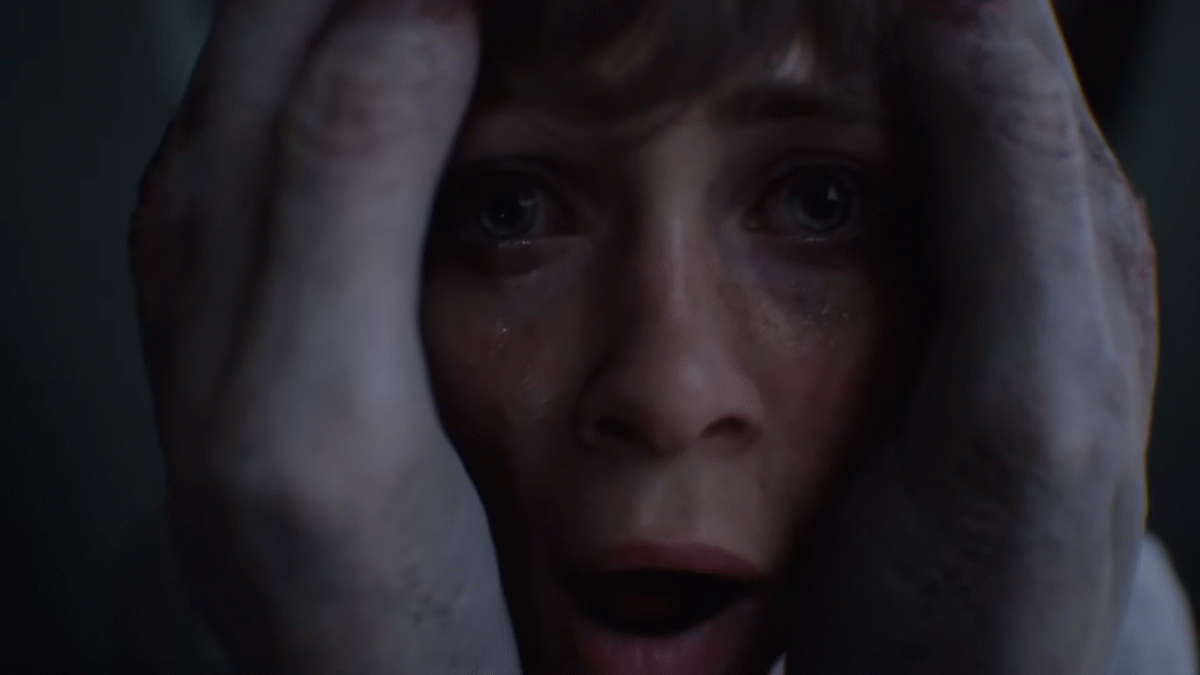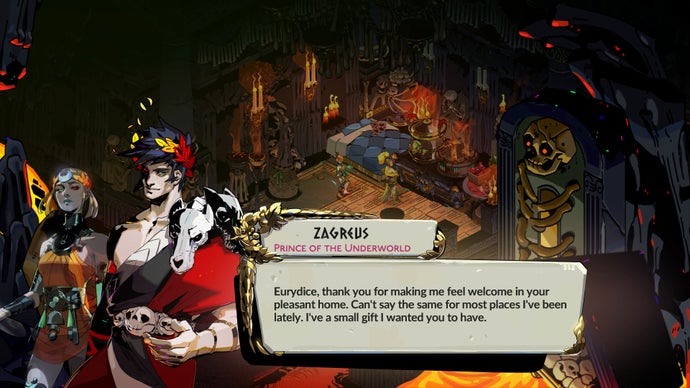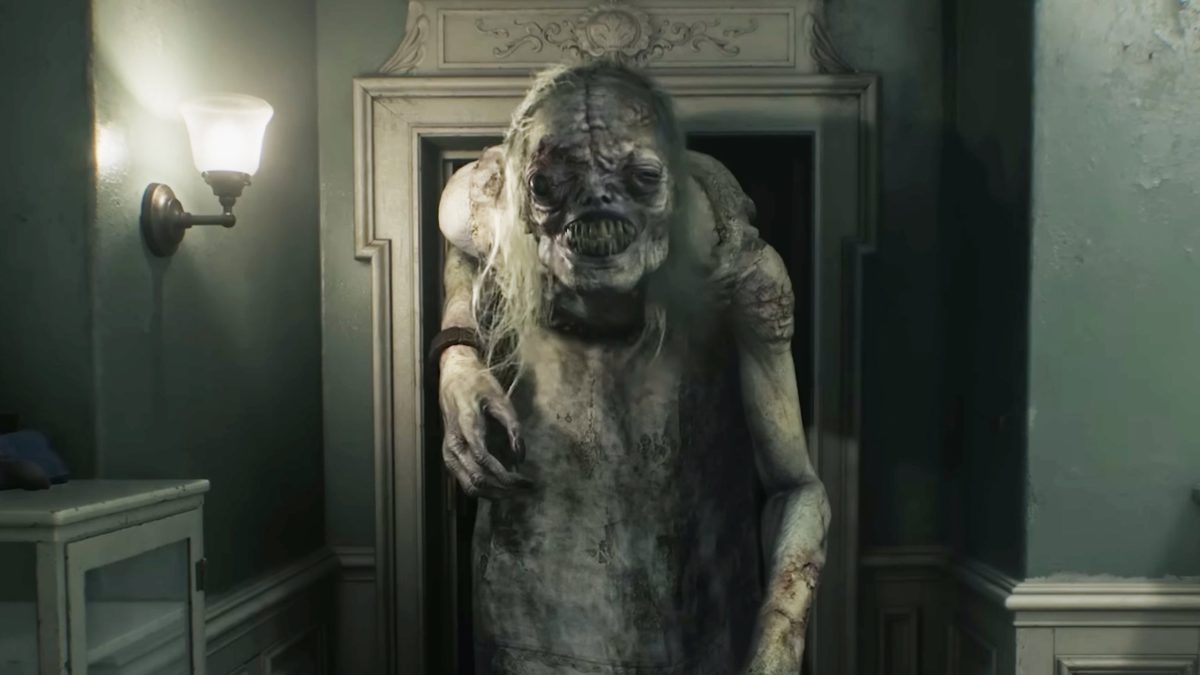Katsuhiro Harada has announced his departure from Bandai Namco having worked on the Tekken series for 30 years.
The 55-year-old Japanese video game developer legend, who worked on all the Tekken games right up until last year’s Tekken 8, said in a statement posted to social media that the loss of close friends in his personal life and the retirement or death of senior colleagues had caused him to reflect on the time he has left as a creator. Advice from Ken Kutaragi — the “father of PlayStation” — supported Harada in making the decision, he said. Harada failed to reveal what he plans to do next, but he did not say he was retiring.
Harada has had a somewhat frought relationship with the Tekken series and indeed Bandai Namco in recent years, and has spoken openly about the development difficulties he’s endured while at the company. Most recently, Tekken 8 has caused a great deal of friction between players and the development team, and Harada has stepped in multiple times on social media to address fan concern.
Perhaps the most high-profile example of this came in October last year, when Harada addressed a row over the sale of a premium DLC stage for Tekken 8 after fans accused Bandai Namco of “corporate greed.” His explanation for the DLC stage basically came down to his role on Tekken within Bandai Namco, and his separation from the business side of the operation to focus on development. This structural set-up was a mistake, Harada admitted in a tweet he eventually deleted, and he confirmed plans to reorganize not only the Tekken business but his role within it to ensure community expectations were met in the future.
Here’s what Harada said, at the time:
The Tekken project is divided into two companies: a game development studio and a publisher that is responsible for game sales (at the time of the development and release of Tekken 7, the development and publishing companies were not separate).
As some of you may know, I moved to the Development Studio side a few years ago, and have been focusing on maximizing the quality of the content/tech/graphics etc…
The development side and publishing side each have their own roles, and there are differences in the way they think and the responsibilities, I who should be the one to act as a bridge between the two, have not been able to properly participate in the publishing (sales) decision-making process for Tekken. As a result, I think that there were parts of the process that did not take the Tekken community’s opinion into account.
I think I failed to create an organizational structure that would allow me to oversee things beyond my own position.
One of my roles was to listen to the opinions of the community and reflect them not only in the content but also in the out-game, but I was clearly becoming passive, worrying about the relationships between companies and not exercising my role.
From now on, I will review this structure and change it to one that values the community as it did in the past.
It was a typically frank statement from Harada, who was never shy to criticize his paymasters at Bandai Namco over their management of Tekken and the company’s various fighting game franchises. In June last year, for example, Harada was remarkably candid in discussing why Soul Calibur disappeared, and has spoken about trying and failing to get KFC mascot Colonel Sanders in Tekken.
Here’s Harada’s exit statement in full:
I’d like to share that I’ll be leaving Bandai Namco at the end of 2025.
With the TEKKEN series reaching its 30th anniversary—an important milestone for a project I’ve devoted much of my life to—I felt this was the most fitting moment to bring one chapter to a close.
My roots lie in the days when I supported small local tournaments in Japanese arcades and in small halls and community centers overseas.
I still remember carrying arcade cabinets by myself, encouraging people to “Please try TEKKEN,” and directly facing the players right in front of me.
The conversations and atmosphere we shared in those places became the core of who I am as a developer and game creator.
Even as the times changed, those experiences have remained at the center of my identity.
And even after the tournament scene grew much larger, many of you continued to treat me like an old friend—challenging me at venues, inviting me out for drinks at bars.
Those memories are also deeply precious to me.
In recent years, I experienced the loss of several close friends in my personal life, and in my professional life I witnessed the retirement or passing of many senior colleagues whom I deeply respect.
Those accumulated events made me reflect on the “time I have left as a creator.”
During that period, I sought advice from Ken Kutaragi—whom I respect as though he were another father—and received invaluable encouragement and guidance.
His words quietly supported me in making this decision.
Over the past four to five years, I’ve gradually handed over all of my responsibilities, as well as the stories and worldbuilding I oversaw, to the team, bringing me to the present day.
Looking back, I was fortunate to work on an extraordinary variety of projects—VR titles (such as Summer Lesson), Pokkén Tournament, the SoulCalibur series, and many others, both inside and outside the company.
Each project was full of new discoveries and learning, and every one of them became an irreplaceable experience for me.
To everyone who has supported me, to communities around the world, and to all the colleagues who have walked alongside me for so many years, I offer my deepest gratitude.
I’ll share more about my next steps at a later date.
Thank you very much for everything.
Harada joined Namco (long before the acquisition that created the Bandai Namco we know today) in the early ’90s to work on Tekken’s arcade versions, which always launched first before console ports were released. He spent much of his time visiting Japanese arcades to check how Tekken was being played out in the wild, essentially living at the office.
At the time, Harada was a junior member of staff, but over the course of several years he worked his way up the chain to become the director of Tekken and the face of the franchise, attending community events while wearing his trademark sunglasses and making a fist — a reference to Tekken’s tagline, ‘The King of Iron Fist,’ — for photo opps.
1998’s Tekken 3, which is considered by many to be one of the greatest fighting games of all time, was the first Harada worked on as director and a smash hit, selling at least 8.36 million PlayStation copies worldwide. It became the PS1’s fifth best-selling game ever ahead of the likes of Tomb Raider, Metal Gear Solid, and Resident Evil 2.
Harada’s exit comes at a crossroads for Tekken. Tekken 8 sold 3 million copies a year from release, according to Bandai Namco, which said the game was selling at a faster pace than Tekken 7. But we haven’t had a sales update since January, and Bandai Namco has yet to announce new DLC characters for a potential Season 3. Will Bandai Namco release a Tekken 9 any time soon?
Photo by SIA KAMBOU/AFP via Getty Images.
Wesley is Director, News at IGN. Find him on Twitter at @wyp100. You can reach Wesley at wesley_yinpoole@ign.com or confidentially at wyp100@proton.me.







